Collision Repair Insights
Can modern metals be repaired with PDR?

FSDAVCFEBFEVSDDVFSD
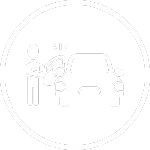
FSDAVCFEBFEVSDDVFSD

FSDAVCFEBFEVSDDVFSD
Gentle PDR reshapes aluminum panels preserving original paint
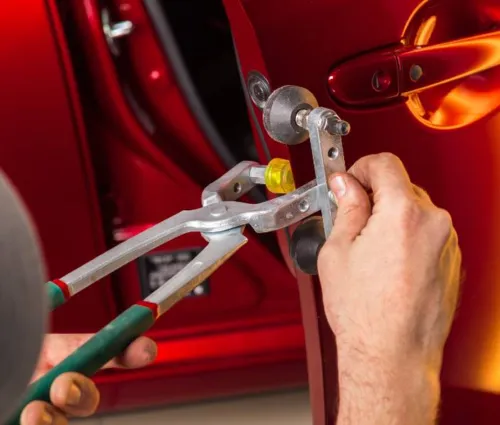
Aluminum absorbs hail energy differently than mild steel, flexing instead of creasing, so technicians start by testing panel hardness with a digital durometer. This reading tells them how much pressure the metal can accept before cracking. Next, they warm the surface with an induction pad to boost elasticity. Heat makes the metal respond smoothly to gentle pushes that shape dents without harming light panels.
High‑strength steel reacts in nearly the opposite way. Its tighter grain resists stretching, so PDR specialists employ thinner, ultra‑rigid rods that deliver pinpoint force behind each pit. They also work more slowly, allowing relaxations between taps to avoid creating high spots. By constantly checking progress with LED reflection boards, they confirm reflections flow straight across both aluminum and steel surfaces, ensuring a blended finish every time.

Comparing modern metals used in cars
Automakers switched to aluminum hoods and fenders mainly for weight savings. Dropping forty pounds from the nose sharpens handling and improves fuel economy. The trade‑off is softness: unreinforced areas dent easier, and panel memory is lower. That’s why experienced technicians pre‑heat aluminum and use wider paddle‑shaped rod tips that spread effort across a larger area, encouraging the metal to relax without tearing a clear coat.
Ultra‑high‑strength steel, on the other hand, brings stiffness to roofs and pillars that must guard occupants during rollovers. Its yield point is so high that forcing a dent from behind could kink the surface rather than lift it. Advanced paintless dent repair solves this by blending glue pulling from the exterior with minimal internal pushes, distributing force evenly while maintaining the material’s engineered crash performance.
Mixed‑metal designs complicate repairs. A modern SUV may feature an aluminum hood adjacent to a boron‑steel roof. Technicians divide the vehicle into zones, selecting softer tips for aluminum, stiffer rods for steel, and checking each pull against OEM deformation charts to keep warranty coverage fully secure.
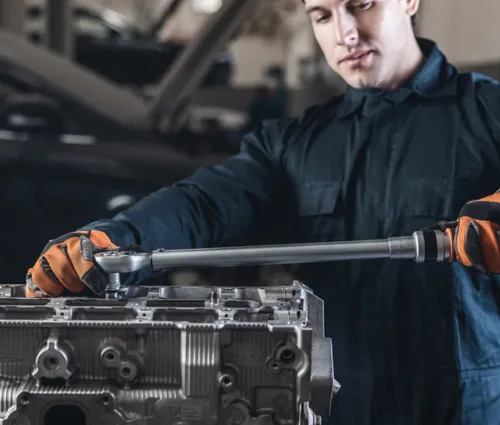
Precision tools handle tough automotive metal repairs
Inspection begins under high‑intensity strip lighting. These lamps project parallel lines across the panel; dents distort the pattern, revealing how deep they go. Paired with a paint‑depth gauge, lighting shows whether clear coat thinning has occurred around the impact, an early sign of cracking risk on brittle high‑strength steel.
The choice of tool. Aluminum favors broad, spoon‑shaped tips that spread load and avoid sharp creases. High‑strength steel needs hardened, pencil‑fine ends that deliver focused pushes without flexing. Technicians keep dozens of ends in magnetic caddies, swapping instantly as they transition between metal zones on the same roof.

Controlled leverage is the third ingredient. For flexible aluminum, techs brace rods against window slots or custom wedge blocks, allowing long, gentle sweeps. Steel panels accept shorter fulcrums and incremental taps. Digital force sensors attached to the handle record every push, storing data for quality audits and for insurers requesting proof of careful technique. This traceable record builds trust and speeds claim approvals for mixed‑metal hail repair Missouri drivers depend on.
Once the right combination of light, rod, and tip is set, technicians establish a rhythm: push, relax, inspect. Heat guns keep aluminum above seventy degrees to ensure elasticity, while cooling packs on steel prevent clear coat blistering. Every few minutes, the panel is wiped with isopropyl alcohol to reveal minute highs that might need knock‑down taps. This alternating dance of pressure and polish continues until reflection lines run perfectly straight.
Before declaring a section finished, a second team member performs a cross‑check from fresh angles. They may spot tension shadows invisible to the primary tech because metal relaxes differently along curved press lines. If any remain, micro pushes or glue pulls refine the area. Only when both technicians are satisfied does the supervisor log the repair in the shop software and move on to the next dent zone. That accountability keeps quality consistent and turnaround promises on schedule for customers.
When aluminum panels require extra careful handling
Aluminum panels dent easily, but their spring‑back memory is lower than steel. Push too hard and the metal stretches, leaving a soft oil‑canning spot that pops in and out with temperature changes. To avoid this, technicians bring panels to the optimal working heat, usually around 120 degrees Fahrenheit. Induction pads raise temperature evenly, unlike torches that risk scorching paint. A digital thermometer maintains the sweet zone throughout the procedure.
Tool selection matters, too. Aluminum prefers rod tips wrapped in nylon or POM caps. These slightly pliable surfaces distribute energy and stop surface marring. Every few pushes, techs flick a tap‑down hammer across the crown; the soft mallet resets tension without flattening curvature. This combination of cushioned pressure and gentle knock‑down slowly coaxes the panel back, layer by layer, until reflections align with factory stamp lines again.
Glaze lights scan the repair at oblique angles, revealing micro ripples invisible straight on. If flaws appear, a few controlled pulls with temperature still elevated refine the area. Cooling happens gradually to firmly lock the metal shape before reassembly.
Strength Secrets of Modern Steel
Roof rails and door beams now use martensitic or press‑hardened steel with tensile strengths exceeding 1,300 MPa. That hardness protects passengers but challenges PDR specialists.
Because the alloy barely stretches, dents resist pushes and spring back sharply when tension releases. Technicians counter this by applying numerous tiny moves instead of fewer large ones. Hardened carbon‑steel rod tips transfer energy efficiently, while cold glue tabs lift crowns without heat that could temper the steel.
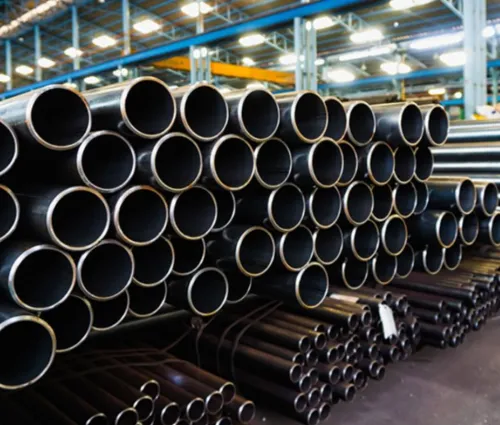

Throughout, vibration meters mounted near the impact read oscillation frequency. When readings drop, metal relaxation has begun, signaling the right moment to finish the push. Technicians then polish the surface with a fine wool pad to restore gloss removed by glue residue. The result is a roof panel as strong and as glossy as before the hailstorm, ready for fully factory spec alignment again.
Because high‑strength steel repairs involve more micro‑moves, they can take slightly longer than aluminum dents of equal size. Still, most hail impacts resolve within a single shop day. The key is patience and precise feedback, not brute force. By combining force sensors, cold glue lifters, and low‑angle inspection lights, technicians meet the metal on its terms, preserving crash integrity and paint warranty. Drivers leave with panels intact and history free of repaint codes.
Booking Your Mixed‑Metal Hail Repair
Scheduling a visit is straightforward. Upload three clear photos of the damage to our online portal and choose a day that fits your calendar.Our estimator reviews alloy type from VIN data, then replies with a tentative plan whether it involves aluminum panel PDR, steel roof dent repair, or both. You receive an itemized quote, estimated turnaround, and a list of any sensors that may need recalibration afterward within the email.
On drop‑off day, technicians confirm metal composition with a handheld analyzer, then photograph baseline reflections before starting work. While your vehicle sits in a climate‑controlled bay, you can follow progress through text updates that include force‑sensor graphs and reflection board images. If any hidden dents emerge, the team sends a quick status report for approval instead of surprising you at pickup.
Most mixed‑metal hail repairs finish within forty‑eight hours. After a wash and final polish, an advisor tours the car with you, aligning LED lines across each panel so you can verify results on the spot. You’ll leave with before‑and‑after photos, paint‑depth readings, and our lifetime warranty saved to your inbox. If another storm strikes Wentzville or beyond, loyalty discounts and priority scheduling activate automatically with a single click service.
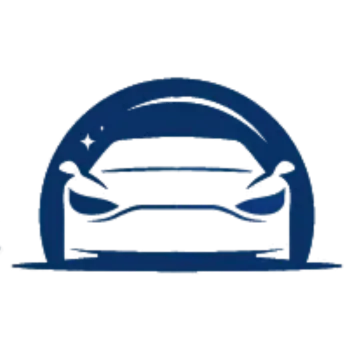
Dentex Midwest
Professional Hail Repair & PDR
Stay Up-to-date With Our Content
Subscribe to learn more about our mission!
Stay Up-to-date With Our Content
Subscribe to learn more!
Contact Info
Service Hours
Social Media
Home
Services
Service Areas
Blog
About
Contact
Contact Info
Service Hours
Mon - Fri: 8:00 am – 6:00 pm
Saturday: by Appointment
Sunday: Closed
Social Media

Licensed, bonded, & insured